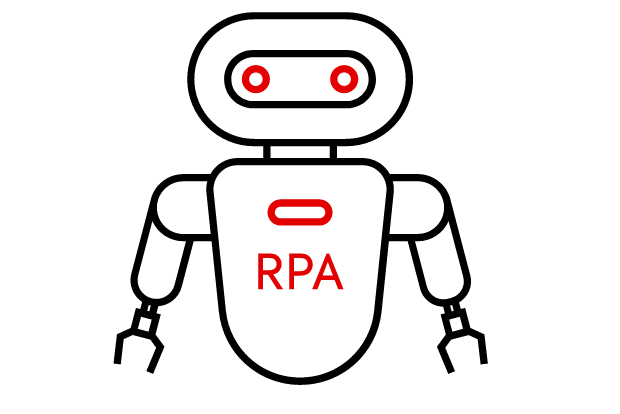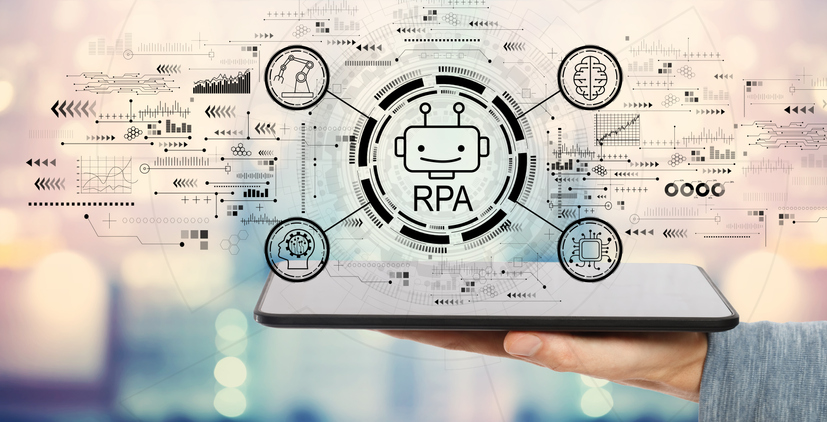What is RPA ?

Robotic Process Automation (RPA) is the automation of business processes through digitalization of some or all these components with the aim of improving efficiency, agility and compliance of the business process.
Automating manual "repetitive" processes that could free up resources to be allocated to other activities, which is made possible by the elimination of errors and the almost immediate reduction in costs, is a real added value for enterprises.
What is AI?
What are the main areas of use of RPA in Supply Chain Management?
MANAGING ORDERS AND CUSTOMER RELATIONSHIPS
Automation and Synchronization of Incoming Data (orders) received from outside or within the organization, in the form of:
- Paper
- Fax
- Spreadsheets/flat files
- Emails, support tickets
- Application notifications
- Database entries
Customers are entitled to efficient circulation of information concerning: status of deliveries, progress of paperwork, any critical issues encountered, etc. ; Many of these activities can be automated, with the added variation - very fashionable in recent years - of the virtual assistant, the chatbot, which provides information in real time through a real conversation.
Add to this automation activities in e-mail or SMS management and a service, strictly automatic, of sending notifications and updates, and much of the communication becomes immediately efficient, improving relationships with customers, with carriers, with suppliers, and with 3PLs, as well.
For high-level performance, to a mechanical data extraction for compiling a master record can be added an evaluation capability (AI - Artificial Intelligence) that can also be refined over time through the continuous training of Machine Learning algorithms.
The account can be activated with StockSystem WMS too.

